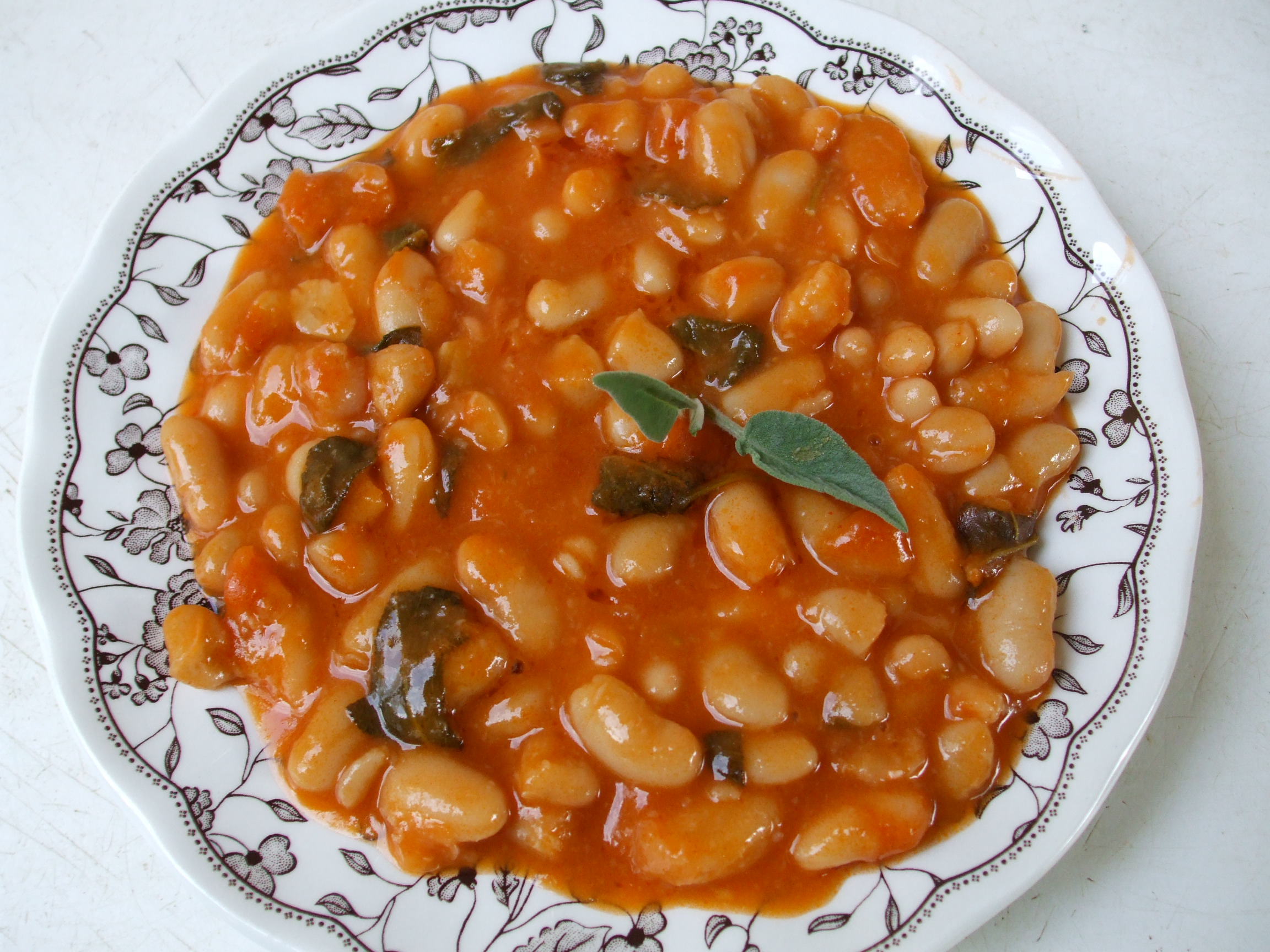 |
| Photo credit |
 |
| Photo credit |
INGREDIENTS
* 8-10oz of chicken livers
* 1 sweet red onion, chopped
* 3-4 tbs of extra virgin olive oil
* 4-5 anchovies, chopped
* 1.5 tbs of capers
* 2 tbs of aged balsamic vinegar
* 1/2 cup of red wine
* 1/2 teaspoon of red chili flakes
* 1/4 of a parsley bunch, roughly chopped
* 1 rustic Italian loaf (8-10 slices), toasted or grilled
Roughly dice the sweet onion. Later, the pâté will be blended in a food processor so the onion need not be diced evenly. Then, chop the anchovy filets and the parsley. Heat the olive oil over medium in a mid-sized skillet. Add in the anchovies and sizzle them until they begin to fall apart. At this point, add the onions. Sauté the onions until they begin to brown and caramelize. This will take about 7-8 minutes. Stir a few times while the onions are sautéing in order to prevent burning.
If the chicken livers aren't deveined, remove any large veins that bisect the livers. Add the livers to the caramelized onions, cooking over medium for another 5 minutes. The livers will change in color from burgundy to beige. Once the livers turn light brown, pour in the balsamic and the red wine. Turn the heat up to medium-high and bring the liquid to a boil.
 |
| Photo credit |
When the pan's contents begin to bubble, turn down the heat to medium-low and simmer -- uncovered -- for around 15 minutes. Slow cooking helps the liquid to condense and will leach the ferrous flavor from the liver. Add in 1/2 teaspoon of salt and the red chili flakes. While the liquid is reducing, slice the rustic bread into 8-10 slices. Toast or grill the bread until crisp.
After 15 minutes, pour the contents of the skillet into a food processor. Add in the chopped parsley leaves and pulse the mixture until all ingredients have combined. If you don't own a food processor, you can use the bottom of a large spoon or a potato masher. The pâté should be a spreadable -- but somewhat lumpy -- paste. This is rustic fare so the goal is not a velvety mousse. Spread the pâté on the warmed bread or serve it in a bowl surrounded by the crostini.




















